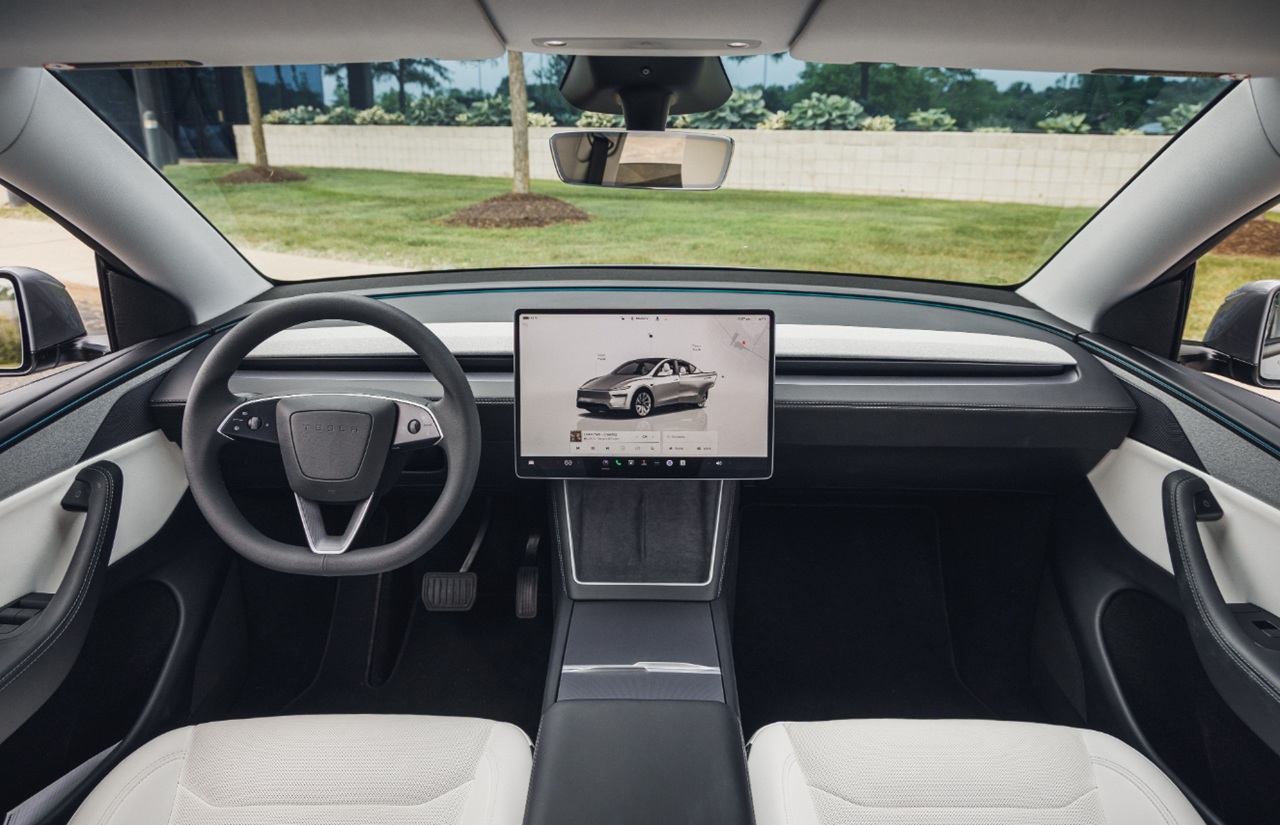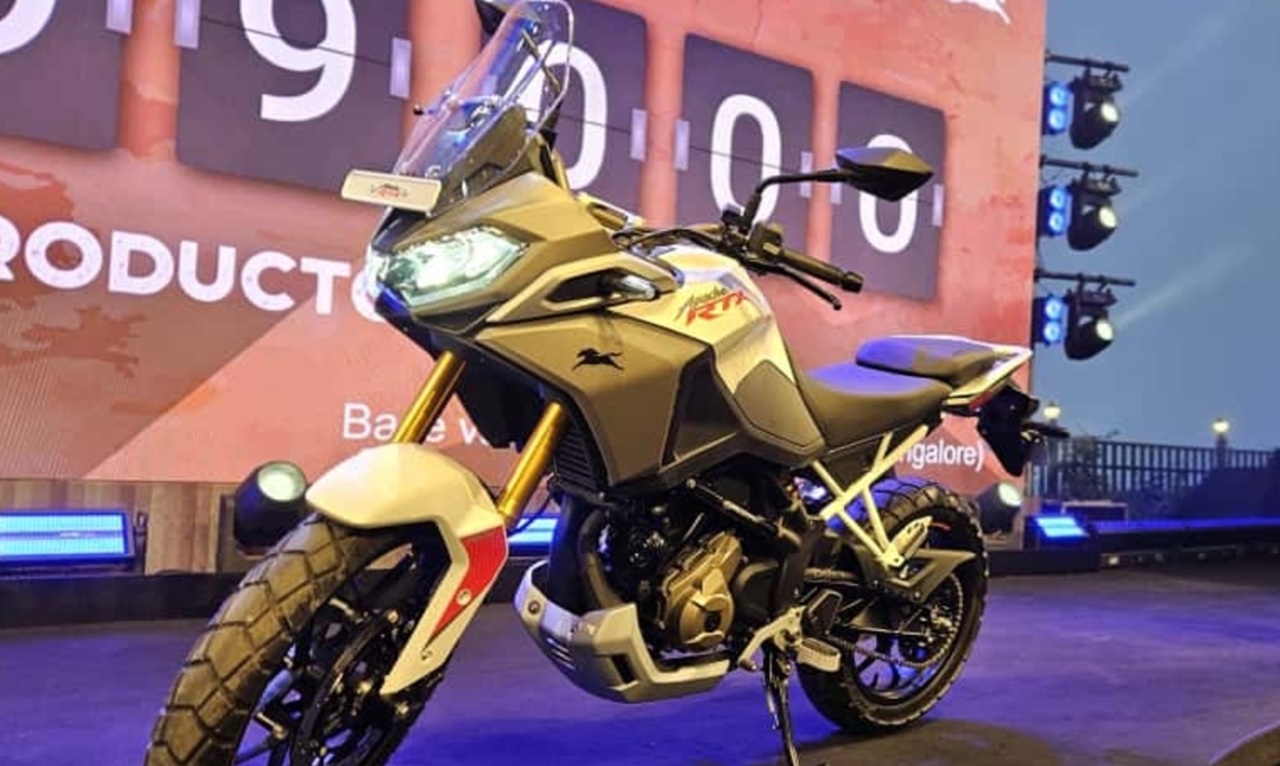Tesla continues to make waves in the EV industry with new Tesla announcements and model updates. In 2025, comparing the Tesla Model Y and Tesla Model 3 is more relevant than ever—especially now that Tesla has introduced a Model Y Standard version and keeps teasing a possible future Tesla Model 2.
In this article, we’ll break down specifications, real-world performance, cost of ownership, and which model is better suited for different types of drivers. By the end, you’ll have a clear answer: is it Model Y, Model 3, or something in between?
1. 2025 Refresh & Recent Tesla News
Before diving into specs, it’s important to note the recent updates that shift the comparison:
-
Tesla has launched a Model Y Standard variant, priced more aggressively to reach a broader market.
-
This new “standard” trim removes or simplifies some features (simpler lighting, fewer speakers, no rear seat screen) in order to lower cost.
-
Tesla’s “news” about more affordable models also includes a Model 3 Standard release, tightening the competitive gap.
-
Meanwhile, speculation and chatter about a future Tesla Model 2 (a compact, lower-cost EV) continues in forums and auto press, influencing buyer expectations and demand.
These developments make the “Y vs 3” debate more dynamic in 2025: cost, feature tradeoffs, and incentives matter more than ever.
2. Specs Side-by-Side: Model Y vs Model 3 (2025)
Here’s a comparison table summarizing key specs:
| Feature | Tesla Model Y | Tesla Model 3 |
|---|---|---|
| Body Style | Compact SUV / Crossover | Sedan |
| Typical EPA Range (2025 variants) | Up to ~327 miles (Long Range) | Slightly better efficiency in many trims (depends on variant) |
| Acceleration (0–60 mph) | ~4.6 sec for Long Range RWD version | Often marginally quicker in performance trims |
| Cargo / Versatility | Larger hatchback design, more headroom, more cargo space (SUV advantage) | Lower profile, sleeker, but less vertical utility |
| Efficiency (MPGe) | ~134 city / 117 highway (one comparison) | More efficient in many cases (less weight, sleeker shape) |
| Price (base / entry variant) | Model Y Standard announced ~$39,990 | Model 3 Standard announced ~$36,990 |
| Features / Cuts in “Standard” | Fewer premium components (e.g. no AM/FM radio, simpler lighting, fewer speakers) in Standard trim | Similar simplifications in 3 Standard (less ambient lighting, less range, etc.) |
| Ride Height / Seating | More commanding seating position thanks to SUV form factor | Sportier, lower center of gravity |
| Practicality / Family Use | More room for passengers, easier ingress/egress, better for kids/pets | More sporty, less vertical flexibility |
Verdict from specs:
If you value utility, space, and a higher driving position, Model Y has the upper hand. For those prioritizing pure performance, efficiency, or sleeker styling, Model 3 is compelling.
3. Pros & Cons of Each in 2025
Model Y — Pros & Cons
Pros:
-
Better cargo and passenger flexibility (SUV form)
-
Higher ground clearance, useful for rough roads or snow
-
More headroom and usability for families
-
Stronger resale potential in SUV market
-
With the new Model Y Standard, a lower-cost entry point brings this SUV into new pricing territory
Cons:
-
Slightly lower efficiency vs Model 3 in many scenarios
-
Heft & aerodynamic drag affect highway range
-
In “Standard” trim, features are pared down (less premium feel)
-
Higher price floor in many markets (non-standard versions)
Model 3 — Pros & Cons
Pros:
-
Typically better efficiency and range per kWh
-
Sportier driving feel because of lower center of gravity
-
Lower cost ceiling (especially in Standard trim)
-
Sleeker aesthetics for buyers who prefer sedans
Cons:
-
Less utility: smaller cargo volume, lower seating position
-
Less room for rear passengers (headroom, shoulder room)
-
Families or users with pets may find it less practical
How the “Model Y Standard” Changes the Equation
The introduction of Model Y Standard is a major shift. Previously, many buyers would have defaulted to the cheaper Model 3 when cost was the limiting factor. But now:
-
The price gap is smaller, making Model Y more accessible.
-
Buyers must evaluate tradeoffs: the Standard trim sacrifices some premium features to hit the price point.
-
If your use case strongly needs SUV utility, the Standard variant may now tip the scales in favor of Y over 3 for many buyers.
In short: the Model Y Standard forces a more direct apples-to-apples comparison. A base Y vs a base 3 — which gives more value? That depends on how much you value space, premium features, and efficiency.
Which Tesla is Better for Which Buyer Type?
Here are recommendations based on use case:
| Buyer Type | Recommended Tesla | Why |
|---|---|---|
| Small family / pet owners | Model Y | Better space, flexibility, cargo room |
| Performance-oriented / driving enthusiast | Model 3 (Performance trim) | Lower center, sportier feel |
| Budget buyer wanting utility | Model Y Standard | Gets SUV benefits at lower cost |
| Commuter / long range priority | Model 3 | Efficiency advantage in many trims |
| Resale / long term investment | Model Y | SUVs remain very desirable in US market |
6. SEO & Keyword Strategy for Google in USA
To help this article rank well in the U.S., here are key SEO pointers:
-
Use your target keywords naturally: tesla, model y, tesla news, tesla announcement, tesla model 3, model y standard, tesla model 2.
-
Include internal links to related Tesla news, announcements, or deep dives (e.g. “Tesla Model 2 rumors”).
-
Use subheadings (H2, H3) reflecting variants or feature comparisons.
-
Add a FAQ / People Also Ask section (e.g. “Is Model Y better than Model 3?”, “What’s new in Model Y Standard?”, “Does Tesla plan a Model 2?”).
-
Add schema markup: comparison, FAQ, review.
-
Use images / charts of specs, side views, and highlight changes (e.g. Model Y Standard differences).
-
Keep content fresh — update when new Tesla announcements (e.g. about Model 2) or news arrive.
7.Sample FAQ Section (for SERP snippets)
Q: Is the Tesla Model Y more expensive than Model 3 in 2025?
A: In 2025, with the introduction of Model Y Standard, Tesla has narrowed the price gap. The Model Y Standard is priced around $39,990. Meanwhile, the Model 3 Standard is priced around $36,990.
Q: What features are removed in Model Y Standard?
A: Tesla has stripped out or simplified features in Standard trim: fewer speakers, simpler lighting (no full lightbar), no rear seat screen, and no AM/FM radio.
Q: Will there be a Tesla Model 2, and how will it affect the Y vs 3 choice?
A: Tesla enthusiasts and auto press frequently speculate on a more affordable compact EV called Model 2. If launched, it would likely compete below the Model 3 level and shift buyer expectations. But as of 2025, no formal Tesla announcement has confirmed it.
Q: Which is more efficient: Model 3 or Model Y?
A: Generally, Model 3 trims tend to be more efficient (less drag, less weight). For instance, in one comparison, Model 3 achieves better MPGe in many cases than Model Y.
8. Conclusion & Verdict (Your Call)
When choosing between Tesla Model Y and Model 3 in 2025, there is no one-size-fits-all answer:
-
Choose Model Y if you prioritize utility, space, family use, and SUV perks — especially now that Model Y Standard brings a more affordable entry point.
-
Choose Model 3 if you want sportier feel, slightly better efficiency, and are okay sacrificing some cargo versatility.
-
Keep an eye on Tesla announcements / Tesla news (especially around Model 2 or future trims) — it could change value equations.
If I were to pick one for most U.S. buyers today, I’d lean Model Y because the added versatility gives more margin for error, and the new Standard version makes that versatility more affordable.









